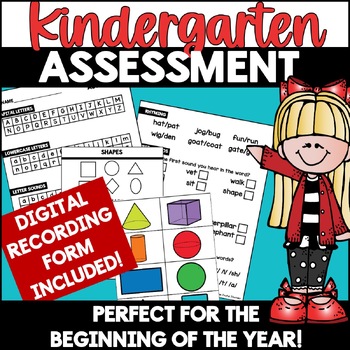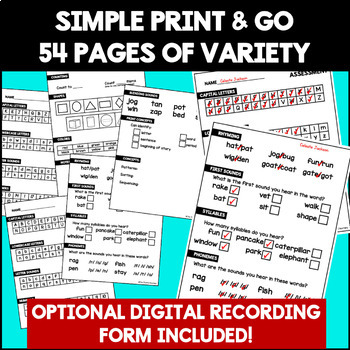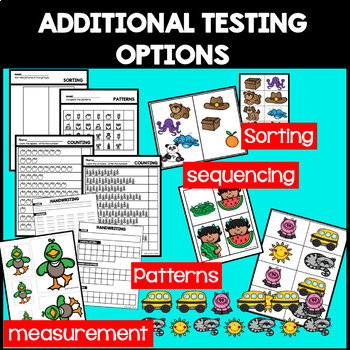Kindergarten Readiness Beginning of the Year Assessment Checklist Packet
- Zip
Description
This kindergarten beginning of the year assessment, tests for kindergarten readiness and gives you a baseline. Back to school testing of kindergarteners is a daunting but important task. This printable set is versatile with a variety of skills and formats. It is print and go with a flashcard format or a printable version that students read off of a worksheet page. There is a digital version pdf included. This digital checklist can be done on a laptop, computer, iPad or even an iPhone that opens pdfs! It will assess alphabet knowledge (capital and lowercase letters), numbers, counting, handwriting, colors, shapes, phonemic awareness and phonics skills, print concepts, patterns, sorting, sequencing, measurement and more. Use what you want to fit your needs.
⭐Follow me for first day sales, monthly specials and freebies.Click here to follow my TPT store and for extra specials Follow me on Facebook!!





